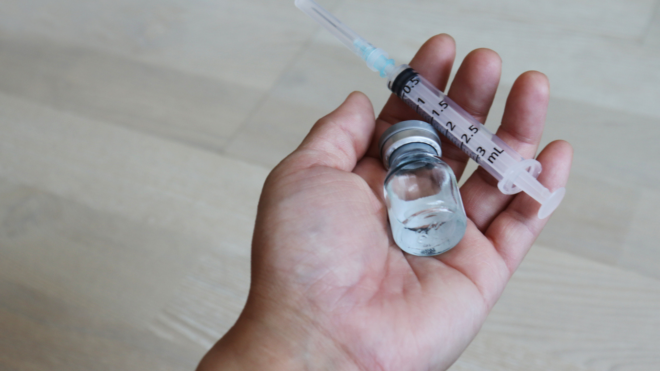I know we just barely started summer, but there's one big autumn event you should be thinking about right now: Halloween. Why? So you can have your very own backyard pumpkin patch, of course! Oh sure, you and your kids could visit one of those farm patches to pick out the perfect gourds for your Jack 'o Lanterns. BUT! Wouldn't it be amazing to grow your own pumpkins? To see those squashes get bigger and bigger over the summer and into the fall?
If that sounds like a fabulous idea, NOW is the time to get planting. Those pumpkins won't just pop up overnight. We rounded up gardening expert Shirley Bovshow of Eden Makers and Foodie Gardener to show us how.

Bovshow appeared on the Hallmark channel's Home and Family to demonstrate. It's pretty simple, but there are 6 key steps to growing your own pumpkins that you'll want to follow. Even though I've been gardening for 15 years, I learned a lot.
Embedded content: https://www.youtube.com/watch?v=GnaICte3PwQ
1. Plant in late spring/early summer. Bovshow says you can plant once your ground has thawed. She recommends starting in late May or early June if you want pumpkins by late October.
2. Plant in a large plot with full sun. Pumpkins need plenty of sun and lots or room for their vines to grow. You'll be spacing plants about 3 feet apart for small pumpkins (which produce about 10 squashes per plant), and about 10 feet apart for big pumpkins (which produce about 5 squashes each).
3. Over-plant your seeds. Bovshow plants four seeds in each spot spaced a couple inches away from each other. Each hole should be about 1 inch deep, and you plant 1 seed per hole. By the way, you can plant with dried seeds from pumpkins you've already eaten.
4. Eliminate two seedlings per spot. Once you've got seedlings, cut off the two smallest at the root. The remaining two will join to become one plant. If you only have 2 or 3 plants, that's fine! Pick the biggest two and let those grow.
5. Water and fertilize. Give pumpkins at least 1 inch of water per week. Once a month, fertilize with potassium- and phosphorus-rich plant food like fish emulsion or kelp (they should have these at the garden store).
6. Train the vines. As the pumpkin plants grow, guide the vines in the direction you want them to grow.
We asked Bovshow for a few additional tips!
1. In the video Bovshow says you can plant pumpkins with sunflowers, but are there others that would be compatible? Yes, she tells us — she also recommends corn as a companion plant.
"Pumpkins enjoy a little shade cast from nearby corn plants during the hottest hour of the day, a practice started by Native Americans," she explains. "If growing pumpkins and corn in the same garden patch, space the rows at least 6 feet apart. The shadow cast by corn will be tall enough to cover pumpkins."
2. What about about preventing rot or fungus when you're having an especially rainy summer? Bovshow recommends growing in a patch of ground raised above the surrounding soil, called a "raised bed."
Raised beds help eliminate rot and fungus in vegetable plants caused by over-saturated soil because water is able to drain down. Raised beds are by far the most practical solution when contending with heavy soils that don't drain well, especially clay soil.
Bovshow actually demonstrates how to build a raised bed in the video: After you mark off your area, soften the soil, mix in that enriched garden soil, and add a frame around the whole plot. Create mounds where you'll plant and cover with landscape fabric.
And that's it. You're just four months away from picking the perfect goulish gourds from your very own backyard pumpkin patch. Good luck!
Have you ever tried growing your own pumpkins?
Image ©iStock.com/GomezDavid (top) and ©iStock.com/kickstand (bottom)




